Eggplant Growing Stages
Among all fruits and vegetables, few match eggplants for versatility in the kitchen. Their meaty yet tender flesh suits countless dishes across cuisines. Luckily for passionate home gardeners, eggplants share close kinship with tomatoes, peppers and potatoes in cultivation needs. I have explored eggplant growing stages milestones and best practices for nurturing a thriving crop yielding abundant fruits until fall frost.
I begin by assessing optimal environmental factors for vigorous gardens. An overview of eggplant’s rapid growth patterns and short lifespans sets the tempo before traversing key development phases from seed germination to fruiting. Along the journey, variety strengths, pest management insight, and harvesting tips empower tastier outcomes from garden to table. For both epicureans and urban farmers, mastering eggplant cultivation brings delicious rewards.
Conditions for Growing Eggplants
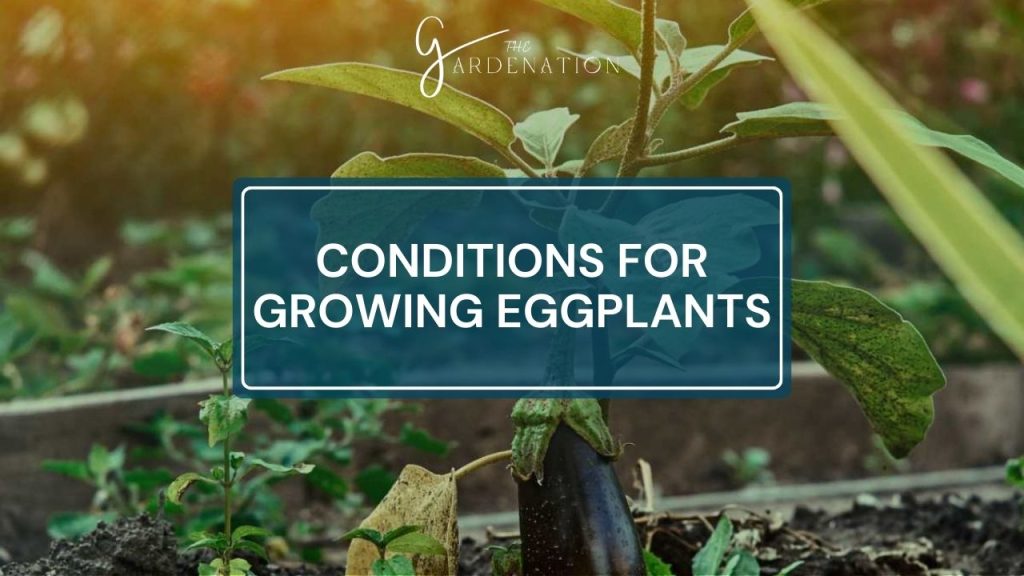
Like their nightshade relatives, eggplants thrive through long, hot summers. As a frost-intolerant plant, they require consistently warm growing degree days ranging between 70-90°F augmented by full sunlight. Eggplants flourish in organically rich soil with pH levels around 6.5. I mix in compost or aged manure before planting to bolster fertility. Trellising may support heavily branching plants prone to toppling. I monitor for common pests like spider mites, flea beetles and tomato hornworms which can defoliate plants when uncontrolled.
Eggplant Growing Stages
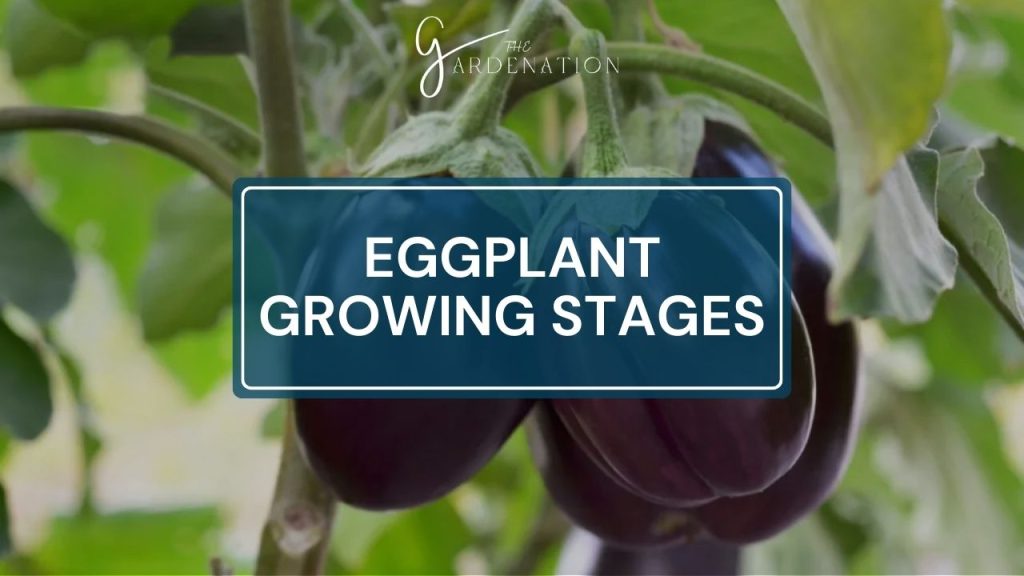
Left flowering and fruiting indeterminately like tomatoes, productive eggplants often reach heights and widths of 3 feet or more at maturity. Pruning unnecessary branches focuses growth on choice stems. Careful summer pinching also controls errant branching. Timing subsequent flower removal balances vegetative propagation and fruit production based on length of growing season.
Eggplants classified as perennials in tropical zones persist just annually for most temperate growers. Their rapid annual surges from seed germination to fruiting compress full lifecycles into 100-120 days. Transplanting greenhouse headstarts shortens durations to 65-80 days until first ripe fruits. Such velocity challenges growers’ responsiveness across small timeframes.
Eggplant Varieties & Growth Stages
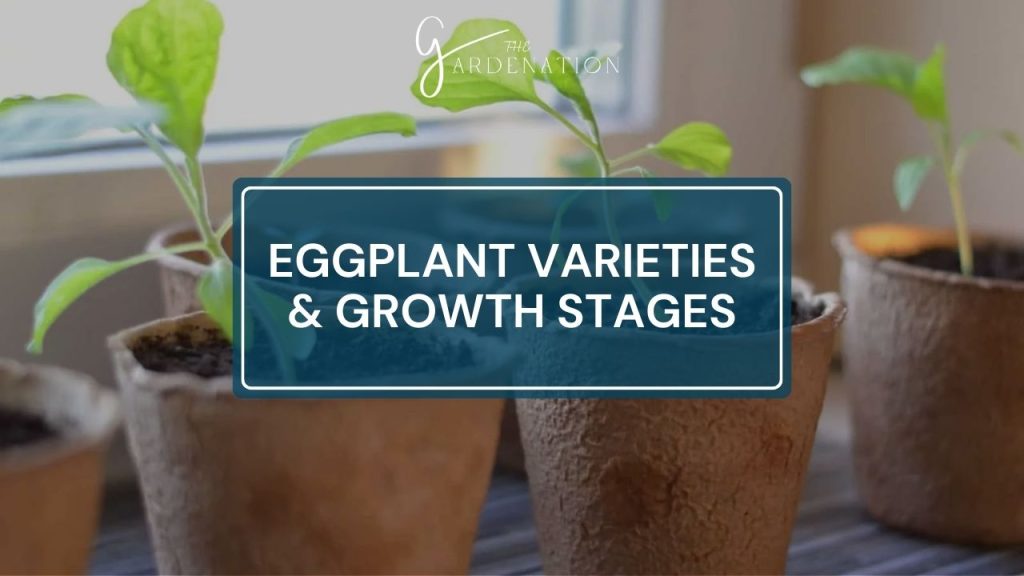
While dozens of eggplant cultivars span the globe from Asia to Americas and Europe, their basic botany and needs align. Prominent types include elongated, pear-shaped and round varieties in colors from ebony to white. I explored global diversity selecting locally adapted options based on flavor preferences and growing conditions. Then I try to understand universal growth patterns guiding all seedlings into bountiful maturity.
The short eggplant life cycle comprises just six key phases. Seed germination and seedling establishment pave the way for extensive vegetative branching lasting around 30 days. First white flower clusters emerge before self-pollinating into nascent fruits reaching harvest size within two weeks post-fertilization. I try timely planting, frequent monitoring and protective care to usher growth milestones steadily through fall harvests.
Seed Germination
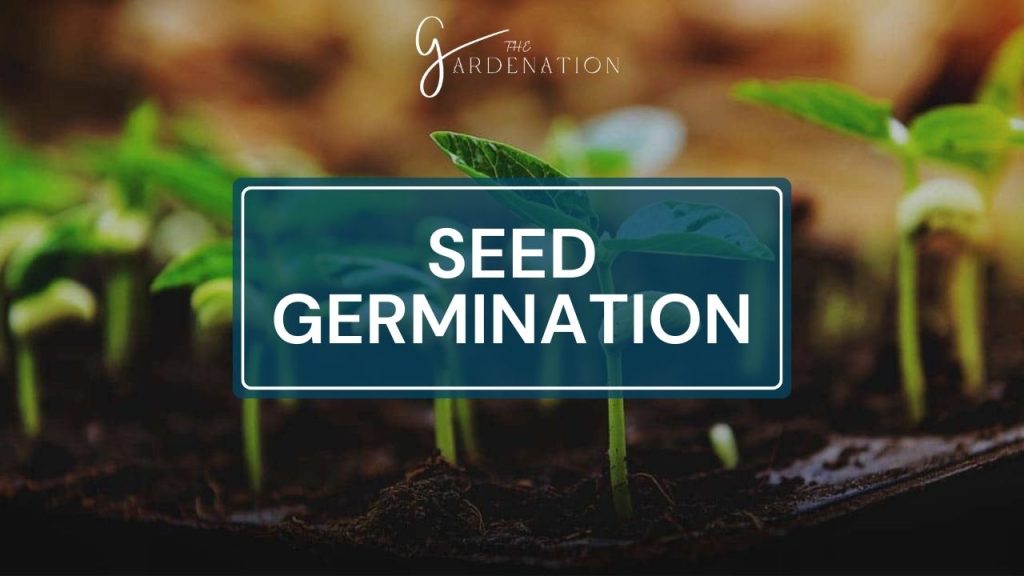
Eggplant cultivation begins indoors 8-10 weeks before the last expected frost date. I start seeds shallowly buried in warm, sterile, seed starting mix. I maintain soil temperatures between 75-90°F while keeping medium consistently moist for rapid sprouting within 5-10 days. Once radicals and hypocotyl hooks emerge, I provide ample light to nourish growth. After 14-21 days, I transplant young seedlings into larger containers or harden off for garden placement.
Careful attention meeting eggplants’ preferences during germination and seedling establishment primes vigorous growth trajectories afterward. I invest this effort initially for healthier, heartier specimens yielding more fruits subsequently.
Seedling Establishment
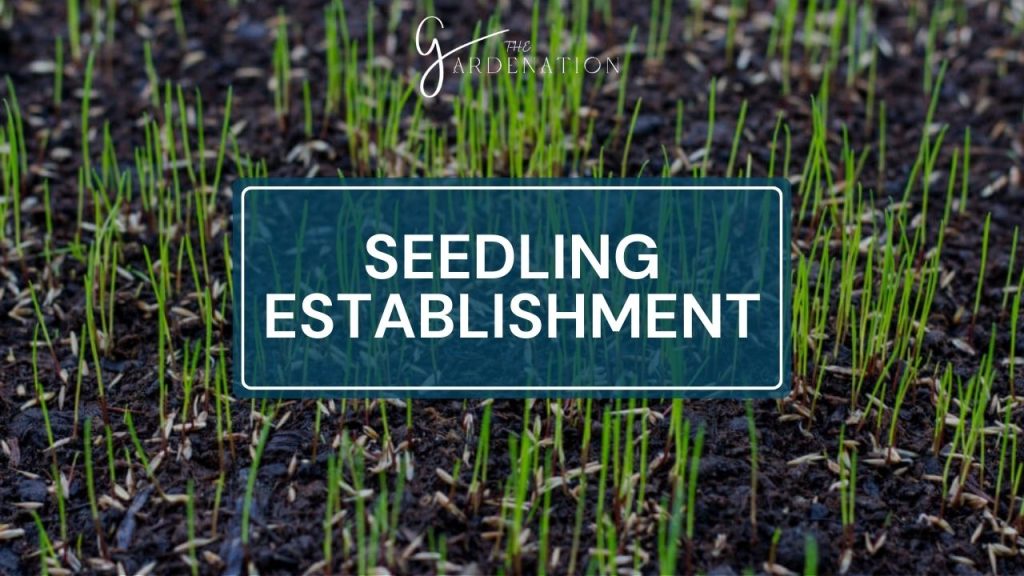
Successfully sprouted seeds produce eggplant’s first embryonic leaves or cotyledons to begin photosynthetic processes powering early growth. True serrated leaves follow, absorbing light through pre-summer days. A rapidly developing taproot anchors seedlings while fibrous feeder roots uptake nutrients and moisture from soil layers.
I handle fragile starts with care, avoiding stem damage during repotting and watering gently to prevent fungal issues. i give consistent warmth, sunlight and humidity until transplanting later into garden beds after any frost dangers pass, marking eggplants’ swift transition from seed to vegetative expansion.
For more information about Kitchen Garden you can visit: Lavender Seedling Stages
Vegetative Growth Surge

Over the next 4-6 weeks, established eggplant seedlings shift energy into leaf and stem proliferation to maximize light harvesting and support future fruits. Branch counts impact flowering capacity and fruit loads; 10-12 productive stems suit most home gardens. I monitor moisture, feeding and pest pressures during this critical stage ensuring healthy root structures and foliar canopies later channeling resources toward blossoms and harvestable produce.
Flower Production
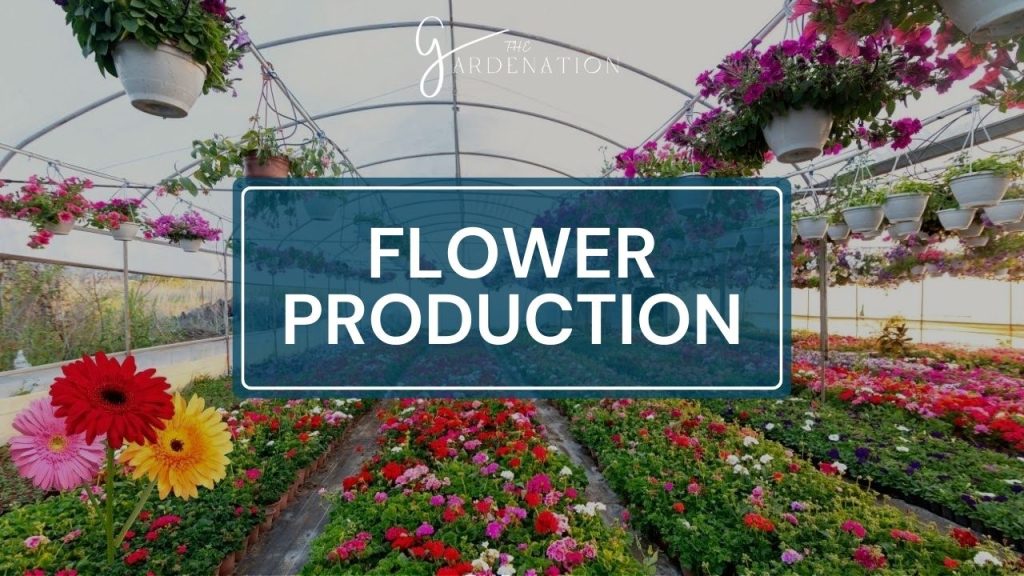
As quickly as 60 days from planting seeds, the first eggplant flower buds emerge, soon unfurling into gorgeous five-petaled white flowers with yellow centers reminiscent of larger nightshade blossoms. Buds cluster in groups of 4-8, transitioning continually into open blooms lasting just days before dropping.
Frequent flower and fruit removal early on redirects energies toward vigorous vegetative growth initially. As daylight hours wane later in season, allowing successive blooms to self-pollinate and develop chasing final fall harvests.
Pollination & Fruit Set
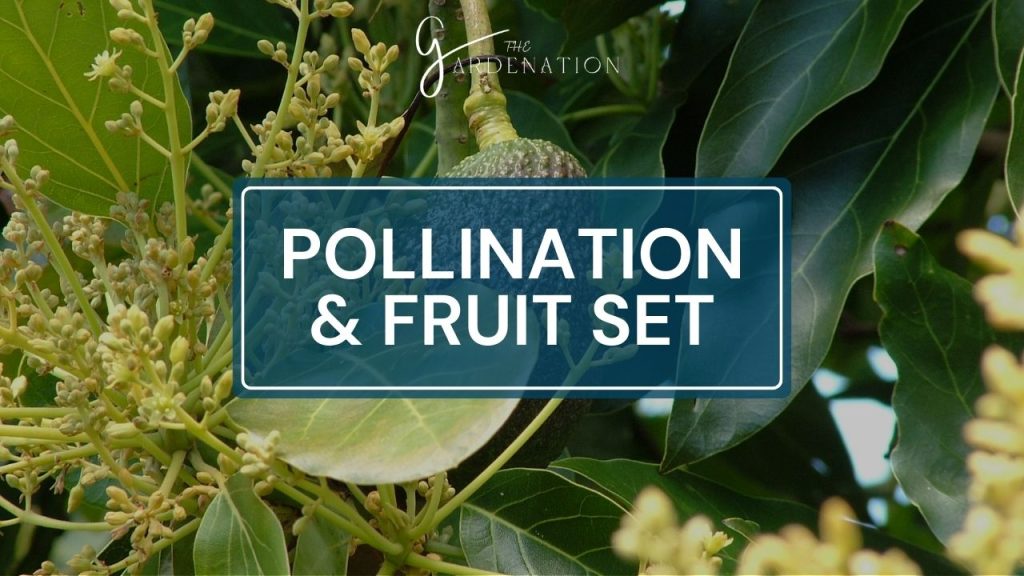
Lush white eggplant flowers give way to glossy, elongated purple fruits within two weeks after forming. Perfect blossoms containing both male and female parts enable self-pollination without bees or other external pollinators. Natural air circulation suffices for distribution of pollen grains bursting from sunny yellow anthers onto each pistol’s sticky stigma initiating fertilization and subsequent enlargement.
Successful fruit set begins subtle swelling of the ovary base below faded, wilted petals. Carefully retaining first formations ensures subsequent pollination and abundant harvests until frost.
Fruit Development
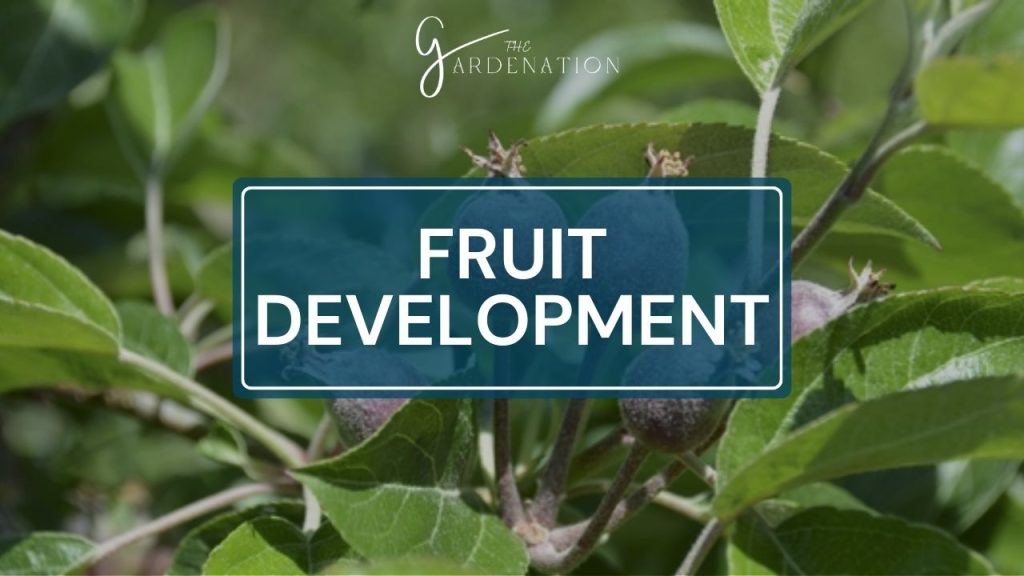
Following successful pollination, nascent eggplants enter their final phase, gradually enlarging over 7-10 days from tiny nubs into fully engorged, plump yet tender results. Glossy skin stretched taut across round, oblong or tapered shapes soon signals peak fresh eating quality.
Inside, cream-colored flesh tinged purple from anthocyanin pigments should appear barely flecked with small edible seeds. An unyielding consistency lacking indentations confirms perfect ripeness for harvesting. I modify timing, varietals and techniques boosting your best yields over successional plantings.
Harvesting Eggplants
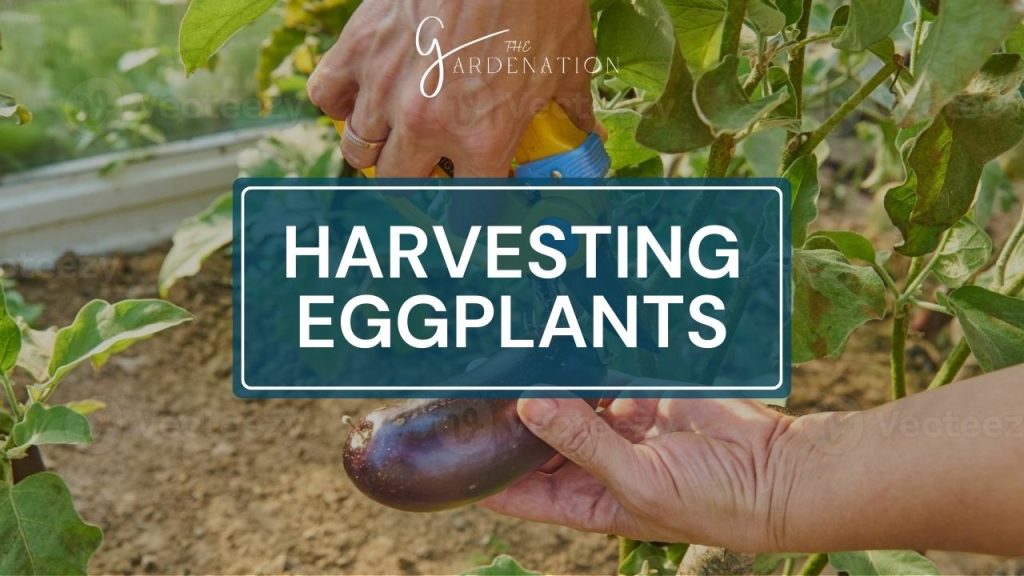
Knowing optimal picking times requires understanding eggplant anatomy and inspecting fruits daily as they approach maturity. Glossy, taut skin lacking wrinkles or blemishes indicates freshness. Solid flesh without sponginess or bruising reveals ideal texture. Hues from lavender to jet black characterize popular globes and oblongs while streaked Asian types display variegated pigments.
I harvest eggplants using sharp knives or pruners without pulling and tearing vines. I keep about 1⁄4 inch stem attached. Chilling eggplants rapidly preserves freshness and shelf life. Both peeling and retaining skin suit different culinary preparations. I savor peak flavors and textures immediately after harvesting when possible.
Frequently Asked Questions
How many eggplants can one plant produce?
Given ideal growing conditions, single eggplant specimens yield 8 to 12 fruits per season. Larger container plants may bear up to 20 globes with best practices before frost terminates production.
What affects eggplant yields positively or negatively?
Supplying compost, regular moisture, crop rotation and flowering encouragement boosts outputs. Insufficient sunlight, water stress, early frost or blossom drop limits fruit quantities. Careful monitoring and prompt issue resolution makes achieving higher yields quite attainable.
Conclusion
The eggplant’s fleeting yet prolific annual journey imparts lessons and rewards for patient gardeners. Attending each growth phase with care builds toward prolific fruiting displaying this remarkable plant’s virtues. Now turned knowledgeable cultivator, allow newfound mastery to guide your own successful journey reaping edible delights until fall frosts sweetly punctuate the harvest home.


2 Comments